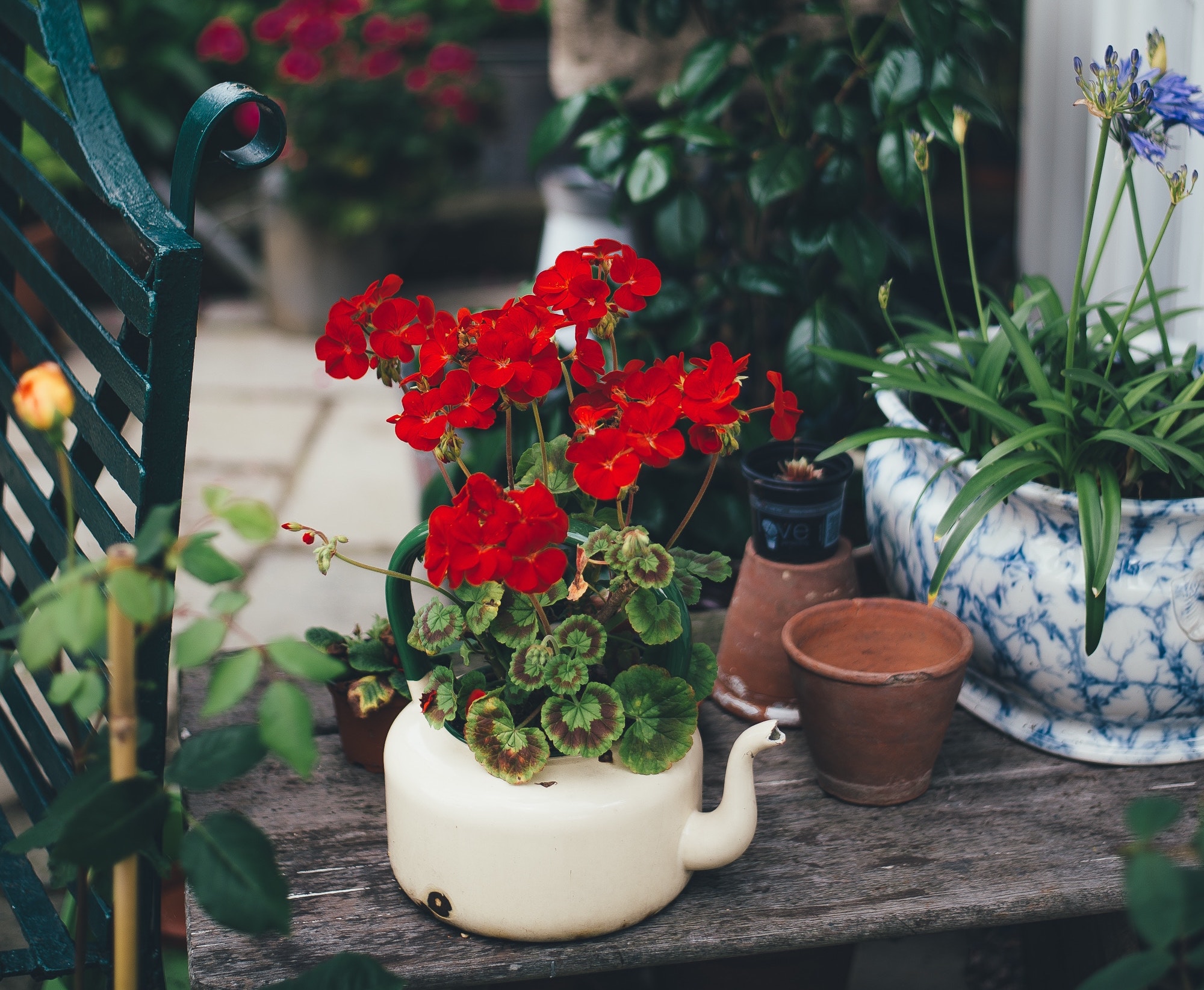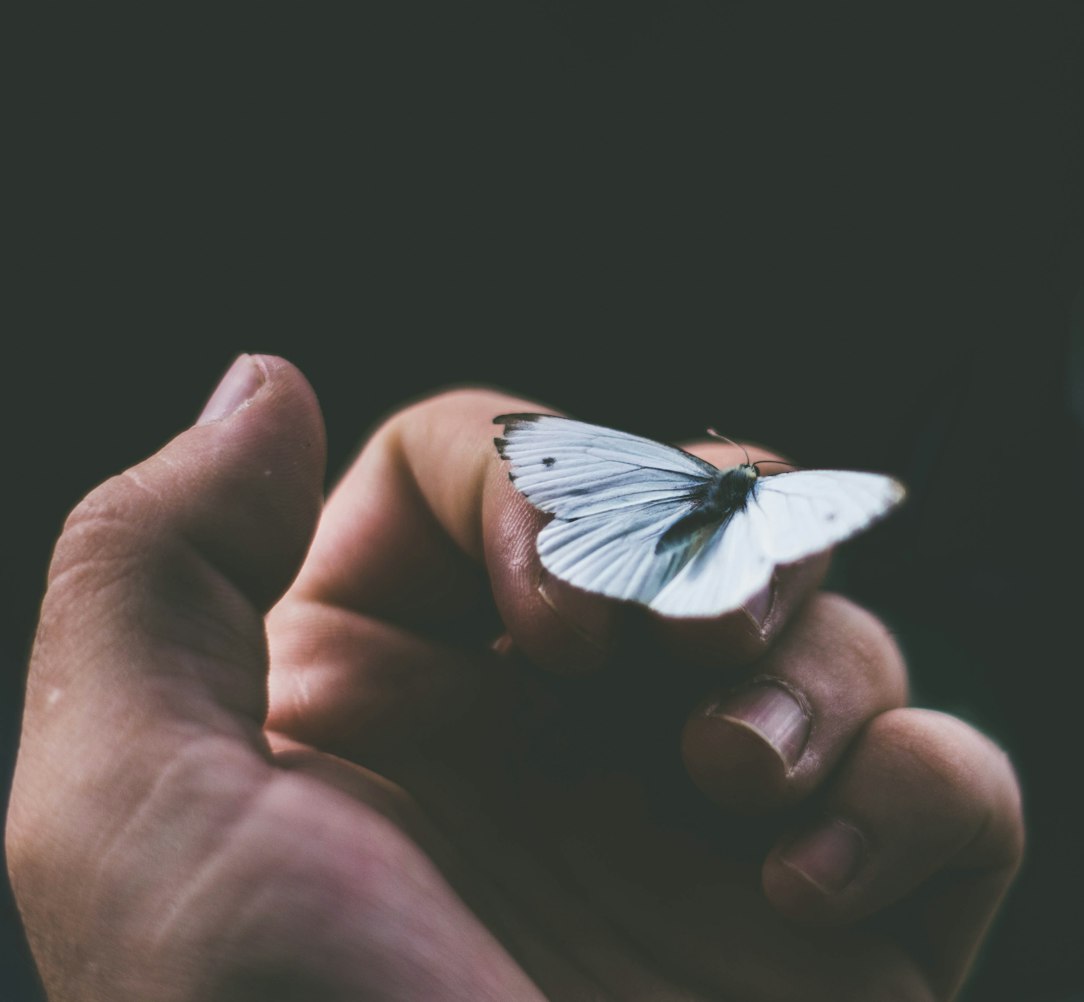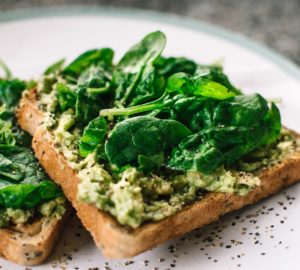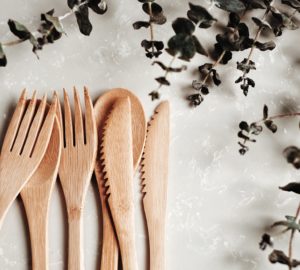Butterflies, fireflies, hummingbirds, and bees are just some of the incredible pollinators that help the ecosystem bloom (literally). We need pollinators for so much of the food we eat, the drinks we sip, and the flowers we smell. The very least we can do is create a pollinator-friendly environment for them to thrive, too!
Here are seven simple ways to make your home pollinator-friendly
1. Root for plants anywhere and everywhere
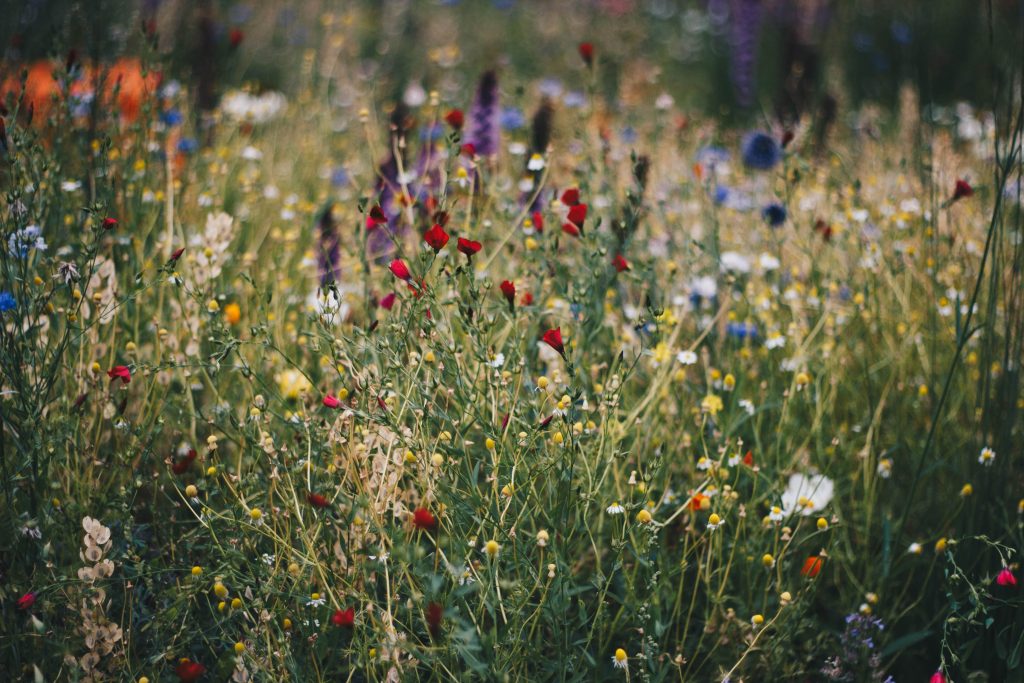
Whether you have a tiny windowsill or a sprawling backyard, you can grow a plant pretty much anywhere. Vertical gardens, hanging plants, and window boxes are fun ways to make use of small spaces. And if you want to take it a step further, growing native plants that offer nectar and pollen will give extra love to our pollinator friends.
For gardening tips, check out these posts:
- How to plant a garden that will save butterflies and bees
- Everything you need to know to grow a small-space garden
You can also wear your support for pollinators with our “Plant these, save the bees” or our “Protect our pollinators” eco tees.

2. Give bees cozy homes
Bee boxes, hotels, and boards give bees a cosy place to nest. Whether you use chopped wood, bamboo canes, or a clay plot, bee homes come in all shapes in sizes. And if you’re thinking, wait I want to support pollinators but don’t want to get a bunch of bee stings — no worries. Native bees are more docile, rarely sting, and usually don’t travel in large groups.
Here are three more ways you can help save bees, specifically.
3. Provide water to parched pollinators

Mud puddles, birth baths, and little ponds are huge helpers for thirsty pollinators. Even a small dish with fresh water and pebbles, which are used as little perches for them to sit on, can give a dehydrated bee the perfect pick-me-up on a hot day!
4. Be mindful of pesticide-use

Every yard is different and we know pesticides ward off some unwanted insects, but they also can be harmful to pollinators and their homes. Try looking at labels for pesticides that aren’t as damaging to pollinators or work to reduce the amount you use. Even the smallest of changes can add up over time.
5. Mow less, grow more
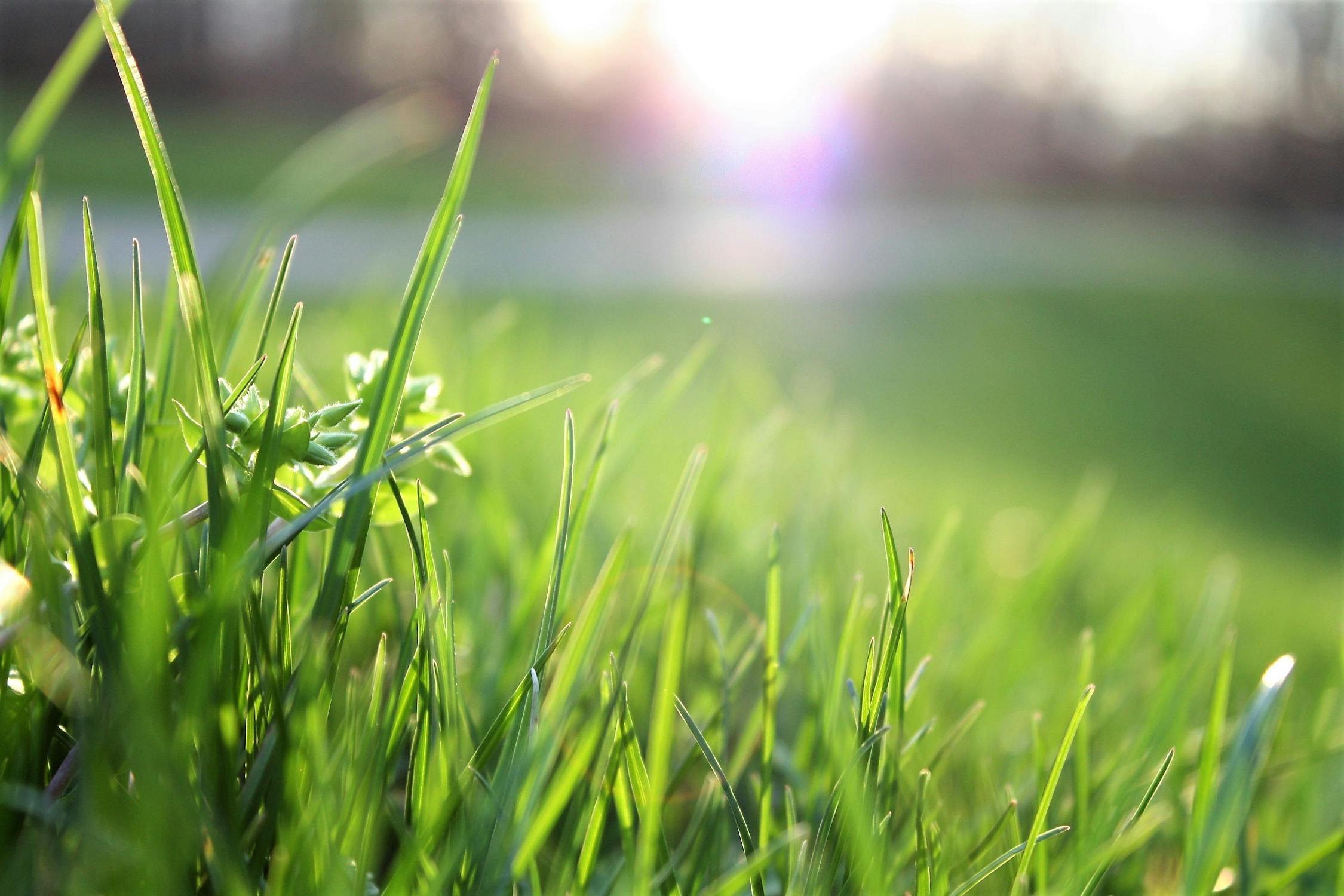
If you have a lawn, instead of trying to create the “perfect” green landscape with chopped grass and weedless surroundings, let things grow naturally for longer periods of time. Instead of mowing every week, try mowing every two weeks. This will save you energy and give pollinators more time to take advantage of the healthy grass and little flowers.
6. Embrace insects as they are
Swatting insects can become somewhat of a reflex. But if you work to change your perspective about moths, flies, ants, and other pollinating creatures, then protecting them will become a whole lot easier. This won’t necessarily happen overnight, but embracing the philosophy that all creatures matter is something worth practicing.
7. Use your voice
Spread the word! Tell your friends and family (even the ones with bee phobias) why pollinators are essential to the ecosystem. The more we help pollinators, the better off we all are!
Now that you know how to protect pollinators, take our quiz to put your knowledge about the creatures to the test!
And check out these other fun animal posts:
- Aww!! We love these 5 amazing dads of the animal kingdom
- 5 of our favorite mamas in the animal kingdom
- Yess!! these 12 animals are no longer on the endangered species list






